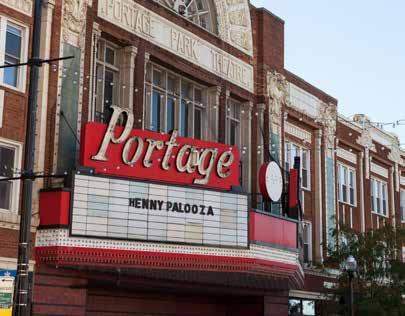
1 minute read
Portage Park
As the city’s streetcar line was extended out from the city center in the early 20th century, residents discovered Portage Park, a small enclave on the city’s Northwest Side.
The neighborhood was a breath of fresh air for residents escaping crowded city tenements. Today residents still enjoy the respite the neighborhood offers, along with parks, affordable homes and accessible public transit.
Advertisement
Homes are at the heart of this community, part of Chicago’s historic Bungalow Belt. The majority of homes are classic bungalows or single-family homes, with a few condominium buildings. The neighborhood’s architecturallysignificant churches add historic charm.
Portage Park’s namesake park in the neighborhood’s center is the largest on the city’s Northwest Side. A community gem since 1913, the park has walking trails, playgrounds, wide-open spaces and an Olympic-sized pool used in the 1970s for U.S. Olympic Team time trials.

Along Irving Park Road there is an eclectic mix of eateries including traditional steakhouses, Mexican restaurants, classic diners and casual coffee shops. There are also bars ranging from trendy cider houses and breweries to small dives and karaoke hotspots. Shopping is abundant in the Six Corners area with a resurgence of new shops.
Portage Park is accessible by the CTA Blue Line’s Montrose Station and Metra’s Milwaukee District North stop just west of the expressway.










